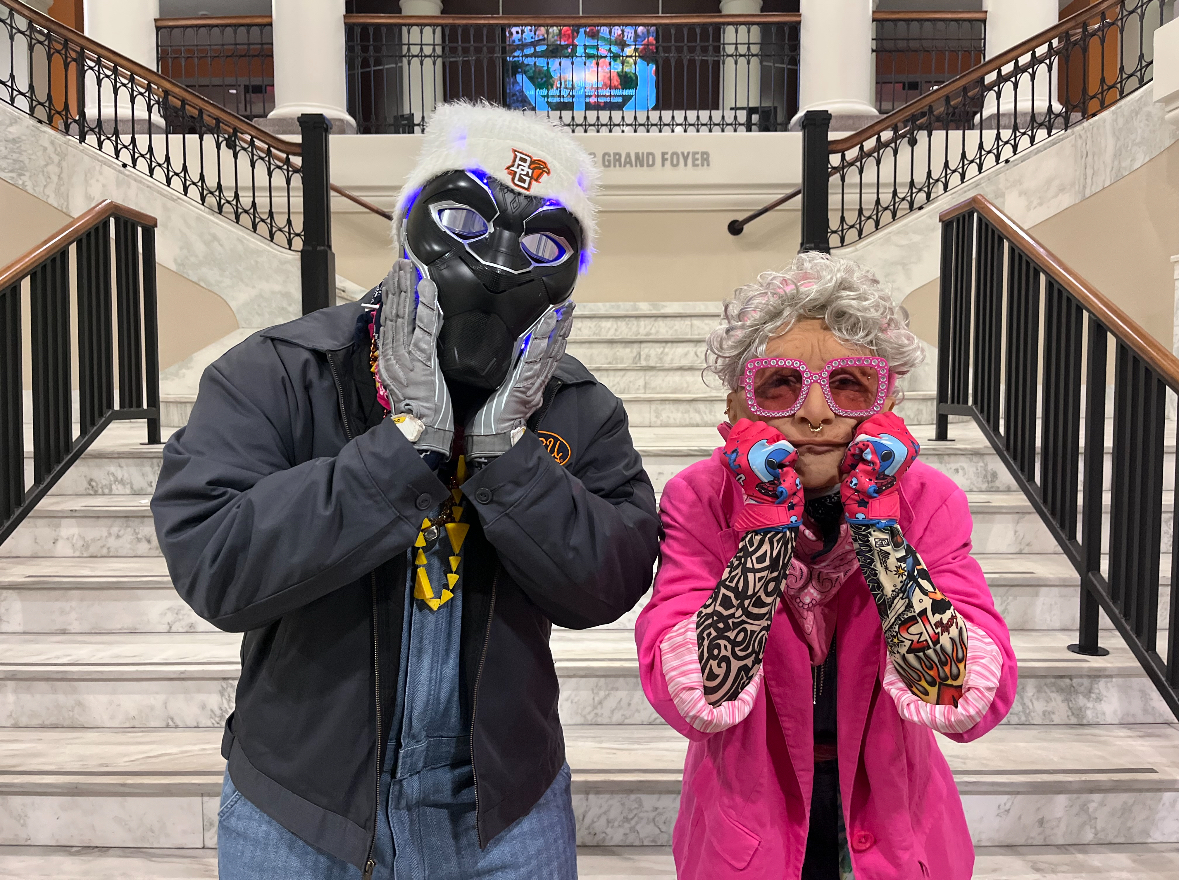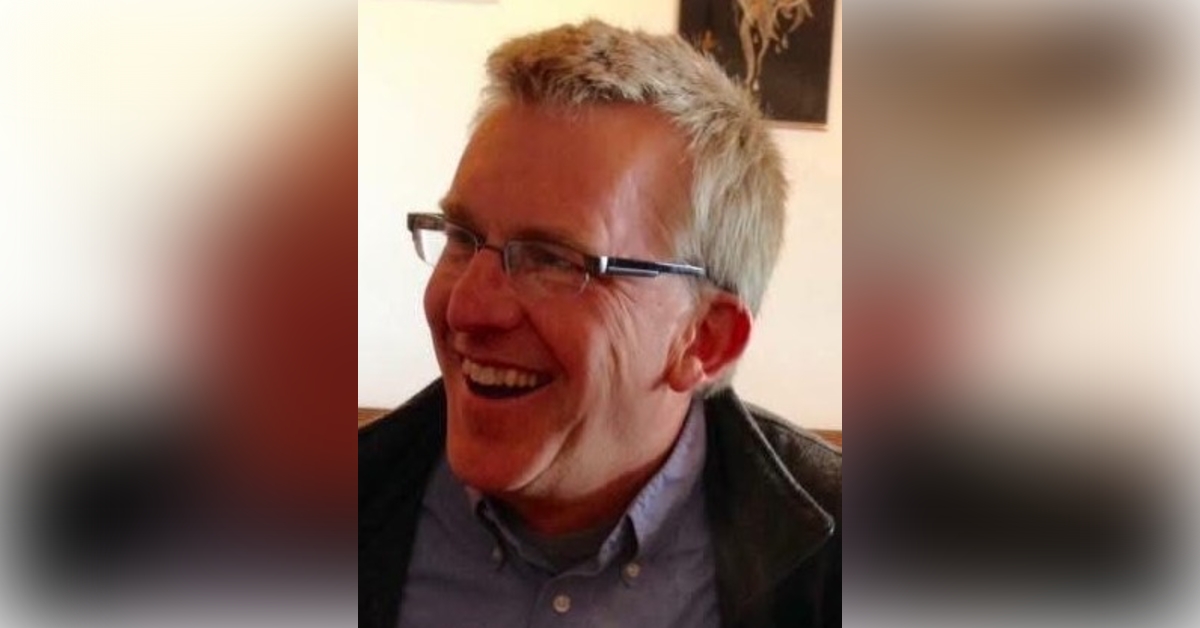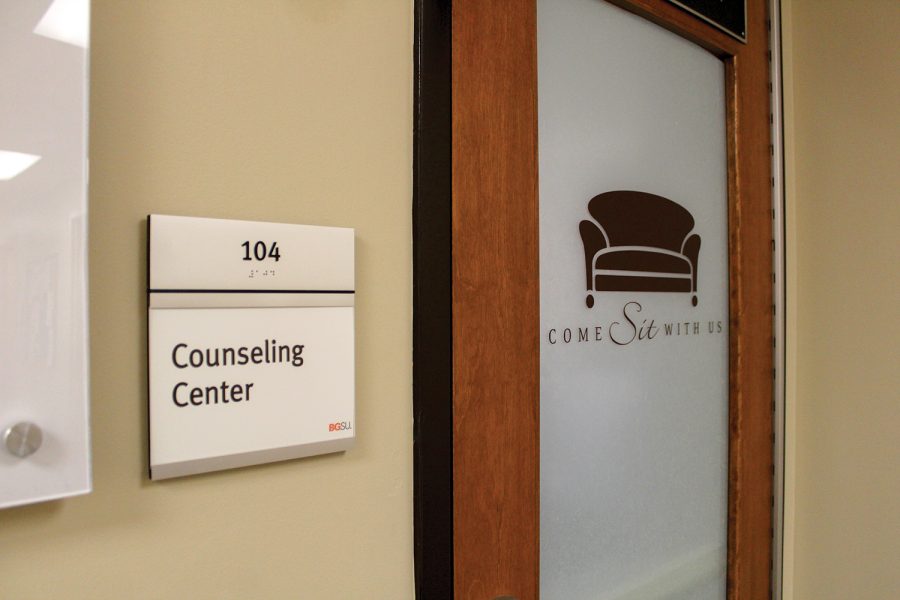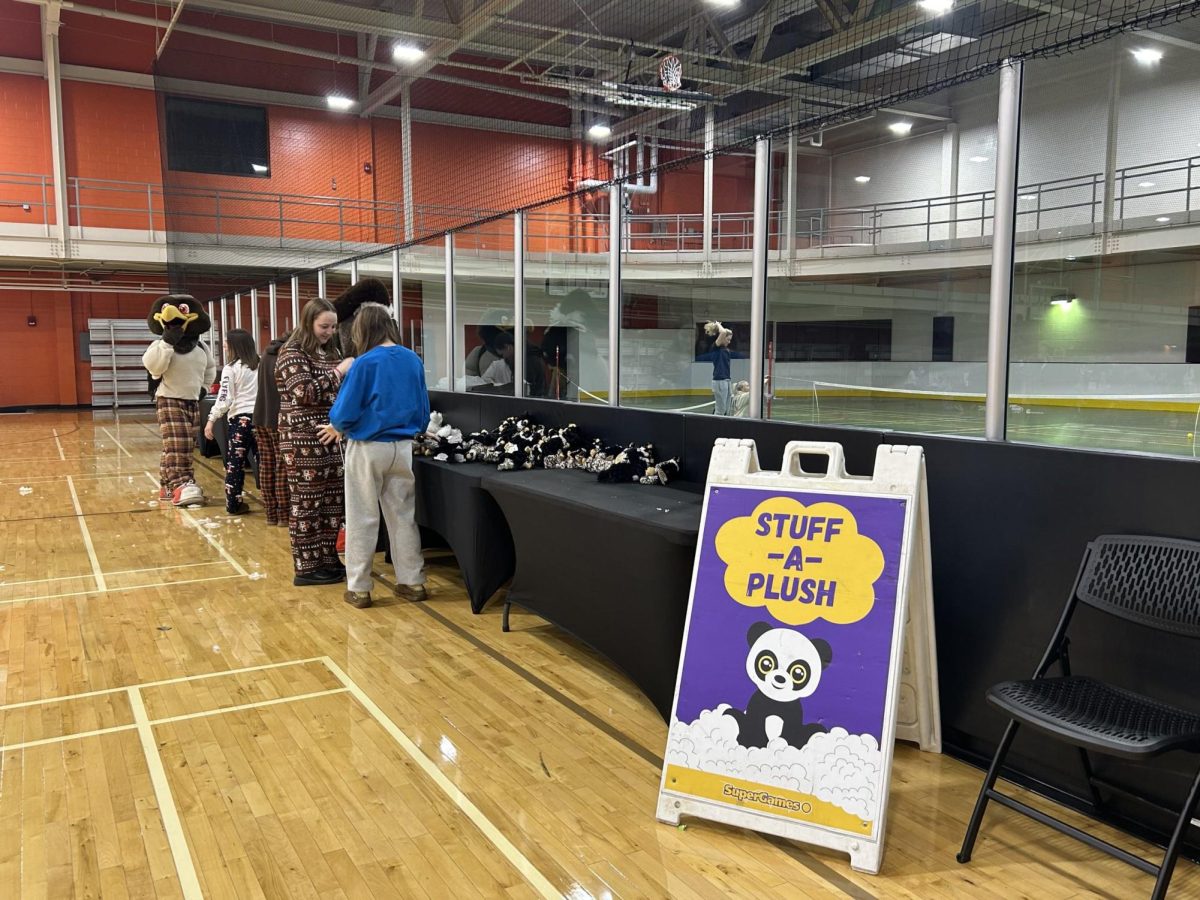Class is finally over and you have battled through the whirling snow to the bus shelter to go home for the evening and- the heater is too high to be felt, and the bench is hard and cold. After an agonizing 20 minutes, the bus headlights glow like beacons in the darkness, and – thwap – you get hit in the face when the giant “protective” plastic flap catches in a gust of wind.
Students and the shuttle bus service both recognize the challenges that the brutal Northwest Ohio winter brings with it.
“I would rather just walk there in 15 minutes than wait 15 minutes in the cold for the shuttle,” said junior Anna Glett.
Plastic coverings and heaters were placed in the shuttle booths to keep students warm and protect them from the wind.
But with the first snowflakes flying, some are wondering if any improvements at the stops will be made.
A concerned student asked USG senator Billy Declerq whether the University is planning on replacing the plastic coverings.
“The student asked me why the stop in front of the health center didn’t have one like the stop behind University hall, and if they are going to replace it,” said Declerq.
‘#160;
Not coming back
Bus riders do not have to fear the unwieldy flaps any longer because they will not be replaced.
“They are expensive, dangerous and they don’t work,” said shuttle supervisor Fred Smith. “I’ve been hit in the face with one of those things and it hurts.”
Many of the coverings are already broken, and Smith said at $150 a door they are not going to replace them. He said ultra-violet light breaks down the coverings, and the life expectancy for them are around two years.
The options for cold weather relief remain limited.
“There needs to be doors in the booths because it’s cold,” said freshman Katie Ruffing.
Freshman Jessica Comes agrees, suggesting sliding doors.
Smith said that it is possible to get the booths retrofitted with doors, but it presents a safety issue. He suggested a scenario where a woman waiting late at night by herself could be trapped in the booth by an attacker holding the door shut.
“That is scary. I never thought of that,” Comes said of the possibility for danger.
‘#160;
No plans for change
The other relief from the cold is the heater system in each booth.
“To the best of my knowledge they all work,” said Smith. “They are all on timers with a maximum of 15 to 20 minutes.”
But some students are still shivering.
“I think the seats should be heated instead,” said freshman Rachel Wycoff. “Everybody stands on the seats and hold their hands on the heaters. They don’t really do much.”
For now, bus riders should bundle up because there are no immediate plans for change. Declerq and the USG student welfare committee contacted Aileen Berry, another equipment supervisor for the bus service, about student concerns.
“She mentioned if we had any better ideas to let her know,” said Declerq.
Smith said if students have questions or concerns they should contact the shuttle service at [email protected].







